Contributors: Lauren Pitts, MA, RDN, Karla Dumas, RDN and Ashley Doyle from the Humane Society of the United States
Where do you get your protein? That’s one of the most common questions asked when a plant-based offering or meatless meal is offered. Most people associate protein with meat, dairy, and eggs; however, there’s a multitude of plant protein options. Virtually all foods contain protein, but protein-rich plant foods generally include beans, legumes, nuts, seeds, tofu, tempeh, and whole grains. These protein powerhouses are finally beginning to receive the recognition they deserve! Plant protein not only packs a big protein punch but comes with a plethora of benefits to our health and the environment and the public is starting to take notice. Additionally, the Academy of Nutrition and Dietetics states that “protein from a variety of plant foods, eaten during the course of a day, supplies enough of all indispensable (essential) amino acids when caloric requirements are met.”
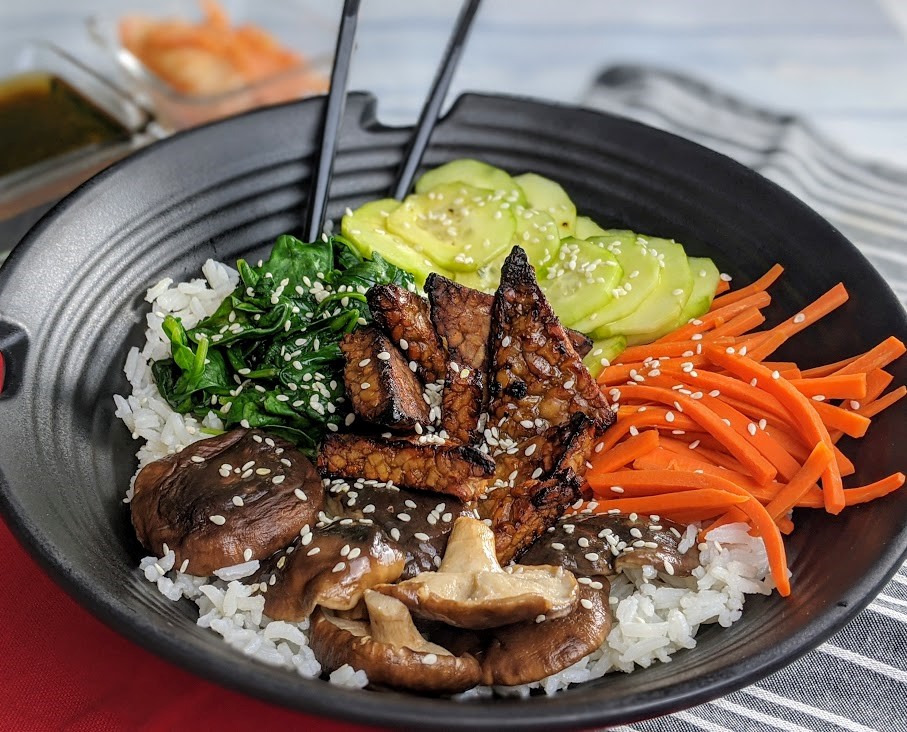
You will soon be seeing new plant-based offerings across the country. Last year, you read about the partnership between Compass Group and The Humane Society of the United States. This partnership is rooted in sustainable, compassionate, health-promoting solutions throughout dining operations. Recently, the HSUS culinary team developed over 50 exciting and delicious plant-based recipes as part of the Rooted Reboot. Many of these recipes will be featured in a virtual culinary training with Compass Group chefs and registered dietitians beginning in July! Timing could not be better, as we are seeing demand for plant-based options skyrocket within food service.
According to recent data by the Plant Based Foods Association and SPINS®, the leading provider of wellness-focused data and market analytics, plant-based foods were up 90% at the peak of pandemic panic buying in March, when compared to last years’ sales. However, total plant-based food sales grew at 27%, throughout the four weeks following peak panic buying, which is 35% faster than total retail food.
Specifically, refrigerated plant-based meat retail sales spiked at 241%, compared to last year, beginning in March 2020, and grew at 113% over the following four weeks. However, it’s not just meat alternatives having their heyday, but all plant protein sources, even tofu! Growth of plant-based protein and meat alternatives is projected to increase from $4.6 billion in 2018 to a whopping $85 billion in 2030, according to investment firm UBS.
Let’s dive a bit deeper into a few of the most popular plant protein options available.
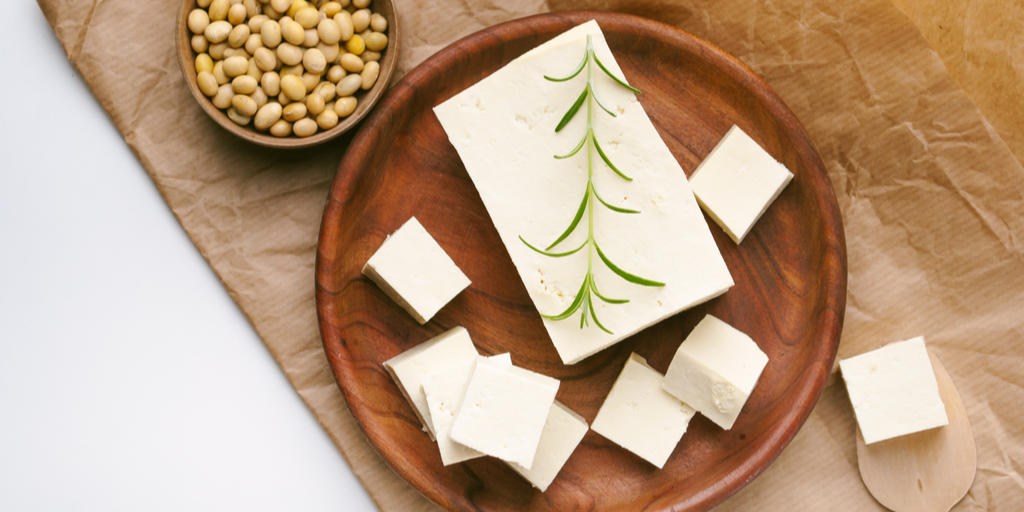
Tofu
Made from condensed soymilk, tofu is a flexible protein and a blank slate ready to take on the flavors of the food and spices around it. Not only is it packed with protein (20 grams per cup!), but tofu is also high in fiber, iron, magnesium, potassium, and zinc.
Tofu is a versatile protein that comes in a variety of consistencies, including silken, regular, firm, extra firm, and super firm. Silken tofu has the highest water content and is best used in smoothies, desserts, dips, and fillings. Extra firm and firm are more compact and contain less water. Their firm textures hold up well with dishes like stir fries, soups, and curries. Firm tofu works especially well for absorbing marinades. In addition to holding up well being pan fried, deep fried, baked, smoked, grilled, or steamed, you can also puree, tear, scramble and even grate tofu!
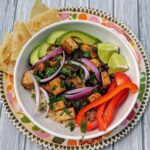
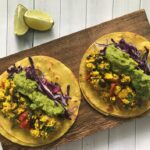
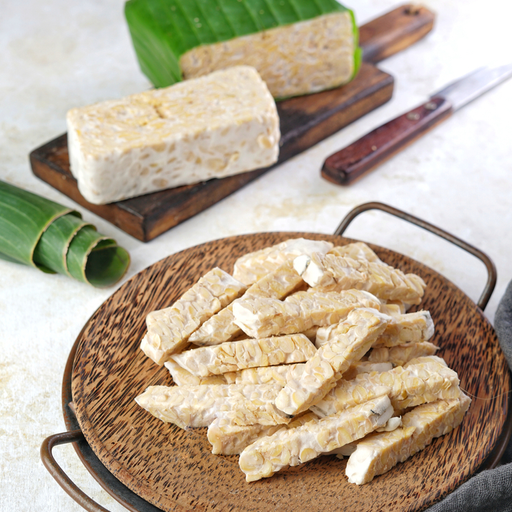
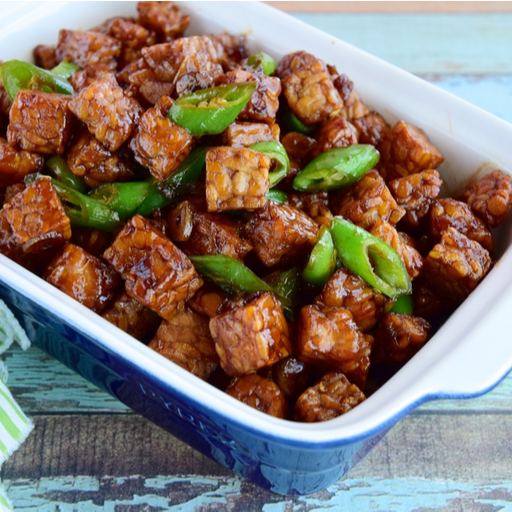
Tempeh
Tempeh, like tofu, is a nutritional powerhouse made from fermented soybeans. Tempeh is incredibly high in protein (31 grams in 1 cup), vitamins, and minerals and low in sodium and carbohydrates. It naturally has a nutty flavor and can be steamed, sauteed or baked. It’s a blank canvas that can easily be marinaded, spiced and seasoned. Crumble it up and add it to chili or salads for a boost of protein or as strips on a sandwich for a fun (and healthy) twist on a BLT. It also works well being blackened or breaded and fried.


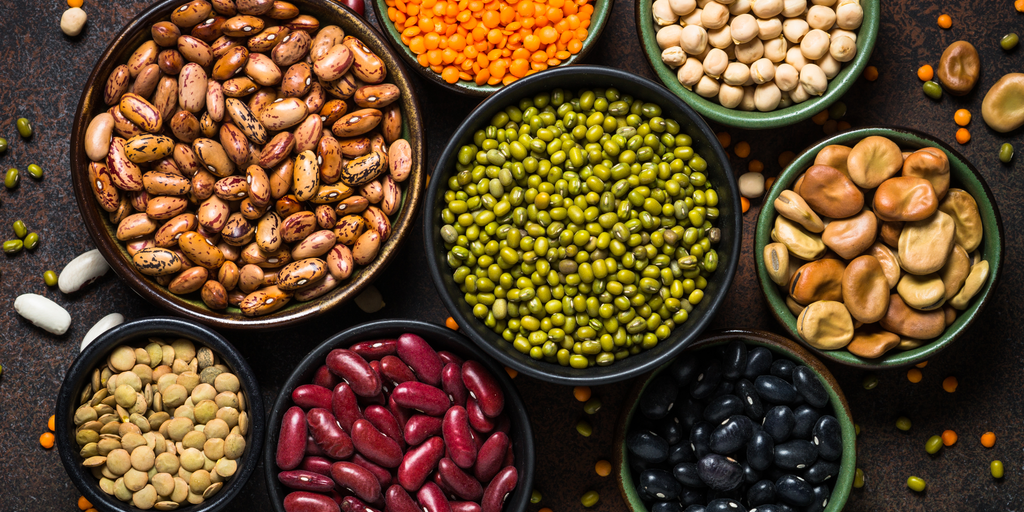
Beans and Legumes
Legumes, such as beans like chickpeas and lentils, are not only super versatile, but they are inexpensive. They are packed with protein (at least 14 grams in 1 cup) and full of fiber. Most people don’t get enough fiber which is very important to our health, aiding in digestion, reducing cholesterol levels, and keeping us full longer, making legumes an excellent replacement for meat in meals!
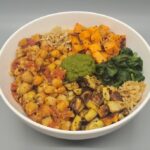

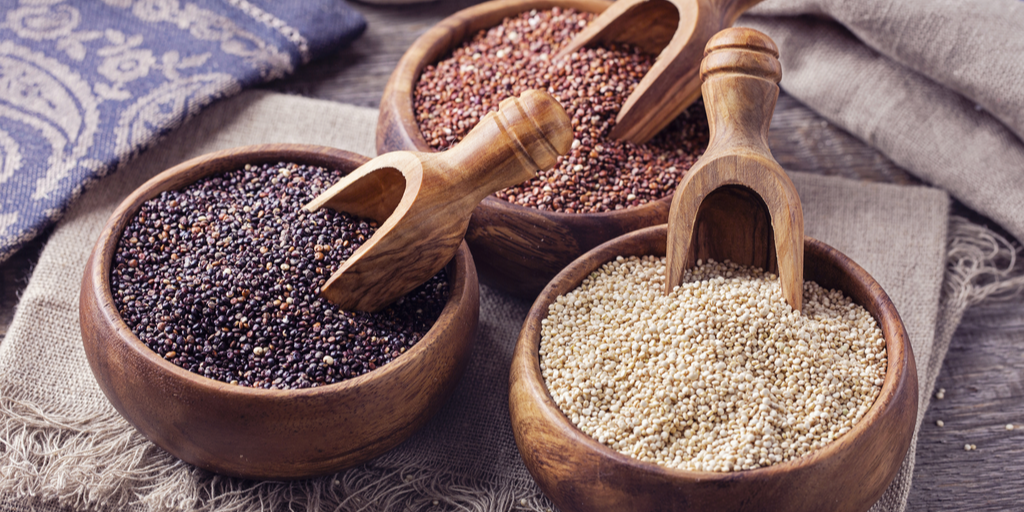
Quinoa
Quinoa is gluten-free and contains all the essential amino acids that you need, making it an excellent protein source. Quinoa is a grain crop that is grown for its edible seeds. It can be found in white, red, black, and tri-color varieties.
When preparing whole grains – like brown rice, quinoa, or couscous – cook them in veggie stock, with herbs, garlic, and onion to add savory depth. Try swapping quinoa for oatmeal for a twist on savory or sweet breakfast dishes. Or add whole grains to anything from stir fries, burritos, bowls, soups, and salads.


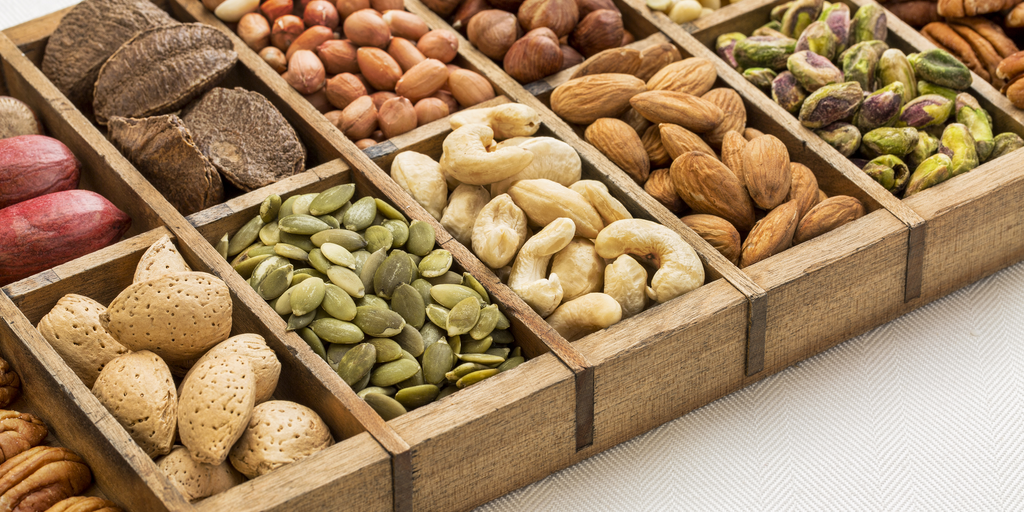
Nuts and Seeds
Nuts and seeds are nutritionally dense, packed with healthy fats, fiber, vitamins, and minerals. You can grind nuts and seeds (separately or together) to create a breading for baked or fried tofu or tempeh. They also make great protein packed compliments to any dish – try them in chilies, salads, stir fries and as toppings in desserts like fruit crisps and cobblers.


Meat Alternative Products
Replace burgers, sausages, and chicken nuggets for an environmentally friendly alternative! The United Nations Climate Change Report said that an estimated 23% of greenhouse gas emissions come from agriculture, livestock and the land and forests needed to raise them. This is more than all emissions from ships, planes, trucks, cars, and all other transport combined.
Expect to see some of these new recipes featured soon!
More and more people are reducing consumption of animal products to drastically cut their carbon footprint and improve their health, will you?



Great Page!